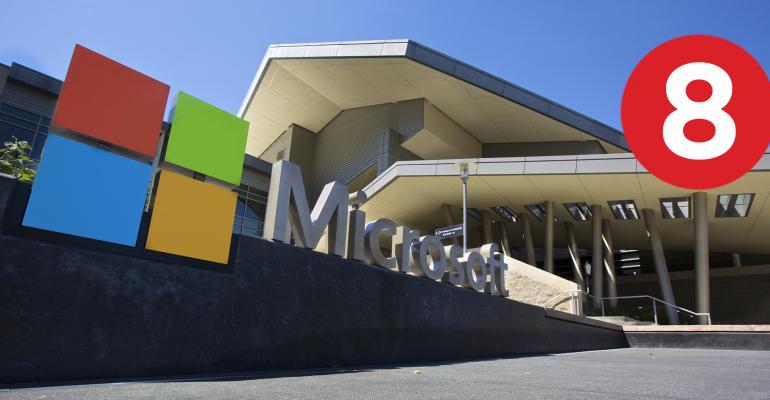- Microsoft’s Massive Moves In Atlanta Show How Much Has Changed For Big Tech After HQ2 “The tone is a seismic shift away from how economic development deals have been announced in the past. Companies have traditionally signaled their intentions to expand or relocate to a new city, invited competing bids and anointed a winner. But when Amazon turned its search for a second headquarters into a nationwide sweepstakes, luring hundreds of cities and towns to offer it the best deal, it added fuel to the fire of critics who had spent years denouncing corporate tax incentives.” (Bisnow)
- To Help Black Developers, Programs Start With Access to Capital “Banking giants like Bank of America, Citigroup and JPMorgan Chase, as well as smaller institutions, have announced initiatives totaling billions of dollars that are largely focusing on communities and entrepreneurs of color. Some of the funding is earmarked for affordable housing and commercial development in low-income communities, which will benefit all real estate developers.” (The New York Times)
- The Modern Ground Lease’s Proliferation Amid COVID-19 “In early 2019, Safehold did not have a single ground lease in New York’s five boroughs. It’s since expanded rapidly, and now, about 40 percent of its portfolio of around 75 ground leases, which reached $3.2 billion in value in the fourth quarter, are located in the northeast.” (Commercial Observer)
- A Top Real Estate Fund Looks Beyond REITs. Here’s Why That’s Paying Off. “When Jeffrey Kolitch was a kid, he wanted to be a professional athlete. ‘But that was never going to happen,’ laments the manager of the Baron Real Estate fund. Though he was captain of his varsity baseball and basketball teams, he ‘peaked in high school.’” (Barron’s)
- US housing construction tumbled 10.3% in February “On Wednesday, the U.S. reported the first drop in applications for new building permits, considered a good indication of future activity, since October, and left applications at a seasonally adjusted annual rate of 1.68 million units. The severe weather last month included a prolonged period when millions of Texans were without electricity because freezing temperatures over-burdened the Texas power grid.” (The Associated Press)
- Nordstrom debuts platform for shoppable shows as more retailers experiment with livestreaming “Shoppable livestreams, akin to QVC, have struggled to take off with Americans. Experts say that’s partially because American consumers have been less receptive to the idea of buying goods via livestream and because the U.S. lacks so-called multichannel networks, or MCNs, that provide livestreaming services for businesses. MCNs are more common across China and can help brands grow an online audience.” (CNBC)
- New Houses Are Costing More as Prices Jump for Wood, Bricks “Prices for granite, insulation, concrete blocks and common brick have all pushed to records in 2021, according to the Bureau of Labor Statistic’s producer-price index, which measures the change in prices that producers receive for their output. Drywall and ceramic tiles are short of records but have also climbed.” (The Wall Street Journal)
- New York Renters in Covid Hot Spots Are Four Times More Likely to Face Eviction “But the neighborhoods with the highest Covid-19 death rates, the top 25 percent, received 15,517 eviction filings, while areas with the lowest death rates, in the bottom 25 percent, had only 4,224 cases, through late February. Roughly 68 percent of residents in the hardest hit ZIP codes were people of color, more than twice the share in the least affected areas.” (The New York Times)
0 comments
Hide comments





